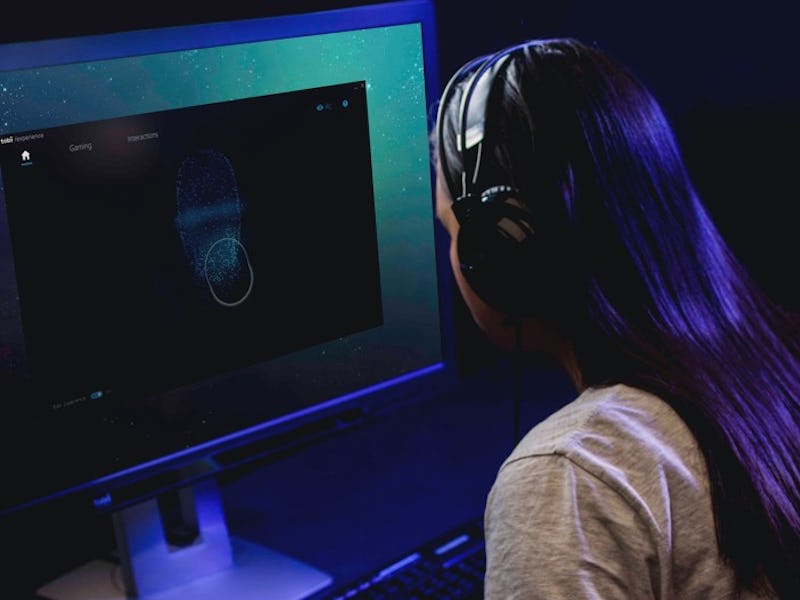Eye Tracking Is the Future of Computing — Here's What It'll Feel Like
There's a new standard that's USB-approved. Are you ready to give up your mouse?

Swedish tech company Tobii has long insisted that eye-tracking would one day become a standard option for all smart devices. The company’s latest collaboration with Microsoft suggests that software producers are beginning to agree. The company has established an eye-tracking standard that is USB-approved, meaning it will be easier to use than past iterations.
On Wednesday, Tobii revealed a new USB human interface device, or HID. Eye-tracking is already incorporated within Windows 10, and the new USB-approved HID is expected to garner larger acceptance from new users. In collaboration with Microsoft, Intel, and EyeTech DS, the company plans to implement the eye-tracking option into a broad area of applications, including PCs, smart devices, and other gadgets.
“The ratification of the new USB HID standard is a key milestone for Tobii and shows that eye tracking has formally joined the ranks of credible and future-proof interface technologies,” said CEO Henrik Eskilsson. “It ensures that the foundation is now in place to support mainstream adoption of eye tracking technology across operating systems, platforms, and devices.” The system also includes a usage page and new data fields that supplement the eye-tracker in an effort to build user recognition across different devices.
Now that eye-tracking can be added to devices via a USB drive, the next hurdle the company faces is winning back users who once felt squeamish by the thought of pupil-monitoring systems. Earlier versions have made many people skeptical of eye-trackers, mostly due to intrusive and cumbersome procedures for setup and use. This newly announced HID attempts to relieve those pain points by offering a non-intrusive alternative, redefining the system’s user experience.
Like other eye-trackers, Tobii uses Pupil Center Corneal Reflection, or PCCR, a system that includes near-infrared technology and a high-resolution optical sensor to track gaze direction. The sensor is essentially a type of camera that tracks the pupil center and where light reflects from the cornea. The infrared light will not be perceivable by the human eye, so users can gaze at their devices like they normally do, and the eye-tracker will be able to pick up on that cornea movement and respond to it without any discomfort or distraction to the eye.
Tobii wants the USB HID to be a new standard for how users will experience eye-tracking technology, and its reach is quickly expanding. Now that this standard is approved by USB.org, it joins the ranks of mice, keyboards, game controllers, touchpads, and other interfaces that have become indispensable to operating systems.